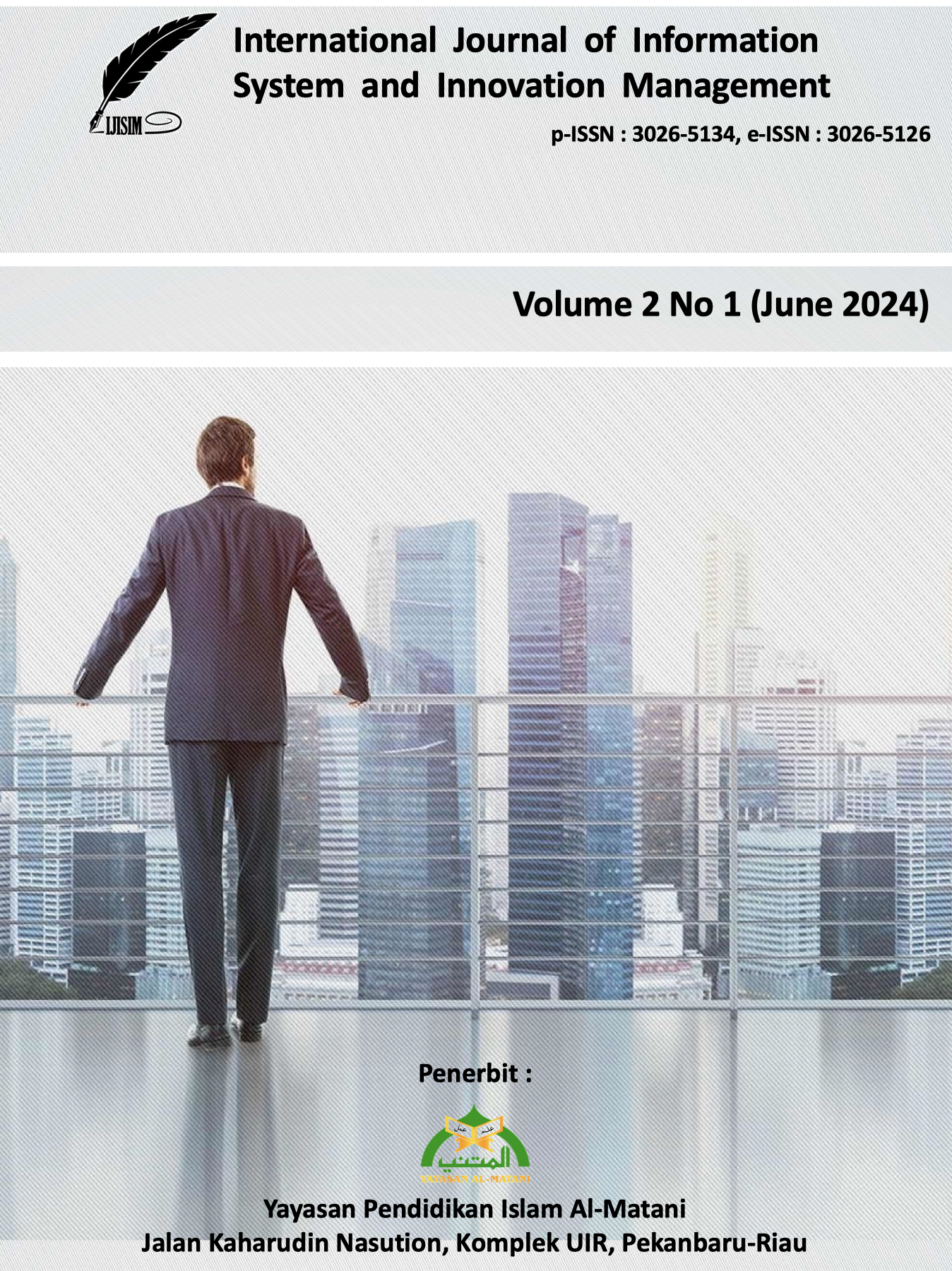The Innovation of Market Structure and Sharia Governance Model of Islamic Financial Institutions
DOI:
https://doi.org/10.55583/ijisim.v2i1.950Keywords:
Sharia Economy, Market Structure, Sharia GovernanceAbstract
Market structure significantly affects price manipulation and economic efficiency. From an Islamic perspective, market structures should allow freedom but remain bound by rules that uphold responsibility and justice. Among the four primary market forms—perfect competition, monopoly, oligopoly, and monopolistic competition—the perfect competition market is deemed most ideal as it fosters balanced and efficient economic activity, aligning with Islamic principles of fairness. Sharia governance is crucial for ensuring that Islamic financial institutions (IFIs) adhere to Islamic laws, avoiding prohibited practices like riba and maintaining the halal nature of profits. This research, using descriptive analysis, examines the market structure in Islam and the Sharia governance model of Islamic Financial Institutions (LKS) within Indonesia's legal framework. The study, through literature reviews and legal document analysis, finds that Indonesian regulations comprehensively address Sharia governance, outlining aspects such as regulation, organizational structure, processes, and functions, thereby ensuring adherence to Sharia principles and promoting ethical financial practices.
References
Alam, N., & Nizam, A. (2020). Sharia governance framework for Islamic banks: An overview. Journal of Financial Regulation and Compliance, 28(2), 131-144. https://doi.org/10.1108/JFRC-10-2019-0132
Aliyu, S., & Yusof, R. M. (2016). Profitability and cost efficiency of Islamic banks: A panel analysis of some selected countries. International Journal of Economics and Financial Issues, 6(4), 1736-1743.
Azad, A. S. M. S., & Ibrahim, M. H. (2019). Market structure and competition in emerging market: Evidence from the Malaysian Islamic banking industry. Emerging Markets Finance and Trade, 55(1), 65-81. https://doi.org/10.1080/1540496X.2018.1517883
Bakar, N. A., & Yusoff, M. E. (2016). Sharia governance: Effectiveness in the Malaysian Islamic financial institutions. Journal of Islamic Accounting and Business Research, 7(4), 342-362. https://doi.org/10.1108/JIABR-11-2015-0055
Bougatef, K. (2021). The impact of the regulatory quality on financial inclusion: Evidence from emerging and developing countries. Journal of Financial Regulation and Compliance, 29(3), 384-396. https://doi.org/10.1108/JFRC-09-2020-0063
Chazi, A., & Syed, L. A. M. (2010). Risk exposure during the global financial crisis: The case of Islamic banks. International Journal of Islamic and Middle Eastern Finance and Management, 3(4), 321-333. https://doi.org/10.1108/17538391011093261
El-Hawary, D., Grais, W., & Iqbal, Z. (2007). Diversity in the regulation of Islamic financial institutions. The Quarterly Review of Economics and Finance, 46(5), 778-800. https://doi.org/10.1016/j.qref.2006.08.010
Farook, S., & Farooq, M. (2019). The socio-economic development role of awqaf in the Islamic Republic of Iran and Pakistan. Journal of Islamic Accounting and Business Research, 10(4), 437-453. https://doi.org/10.1108/JIABR-12-2017-0176
Grassa, R. (2013). Sharia governance system in Islamic financial institutions: An ethical perspective. Journal of Business Ethics, 123(4), 601-614. https://doi.org/10.1007/s10551-013-2007-8
Hasan, M., & Dridi, J. (2011). The effects of the global crisis on Islamic and conventional banks: A comparative study. Journal of International Commerce and Economics, 3(3), 1-24. https://doi.org/10.5089/9781463931909.001
Kasri, R. A. (2010). The determinants of Islamic banking growth in Indonesia. Journal of Islamic Economics, Banking and Finance, 6(2), 41-62.
Khan, M. F., & Bhatti, M. I. (2008). Development in Islamic banking: A financial risk-allocation approach. The Journal of Risk Finance, 9(1), 40-51. https://doi.org/10.1108/15265940810842401
Magalhaes, R., & Al-Saad, S. (2013). Corporate governance in Islamic financial institutions: The issues surrounding unrestricted investment account holders. Corporate Governance: The International Journal of Business in Society, 13(1), 39-57. https://doi.org/10.1108/14720701311302409
Mollah, S., & Zaman, M. (2015). Sharia supervision, corporate governance and performance: Conventional vs. Islamic banks. Journal of Banking & Finance, 58, 418-435. https://doi.org/10.1016/j.jbankfin.2015.04.030
Srairi, S. A. (2009). Cost and profit efficiency of conventional and Islamic banks in GCC countries. Journal of Productivity Analysis, 34(1), 45-62. https://doi.org/10.1007/s11123-009-0161-7





